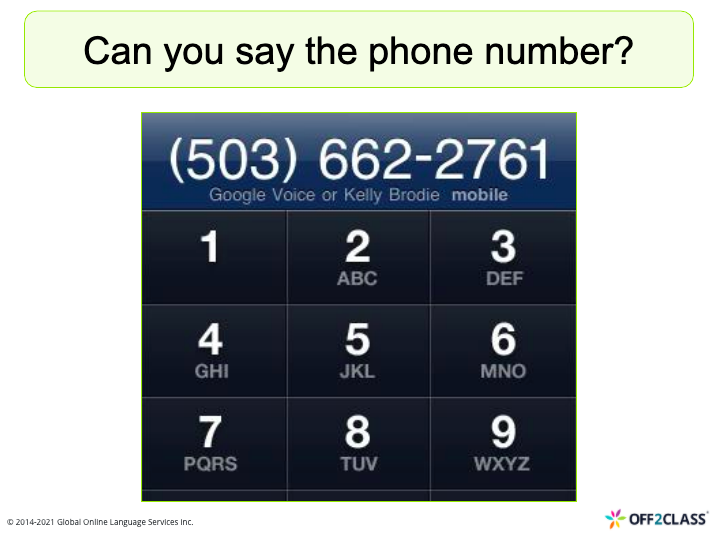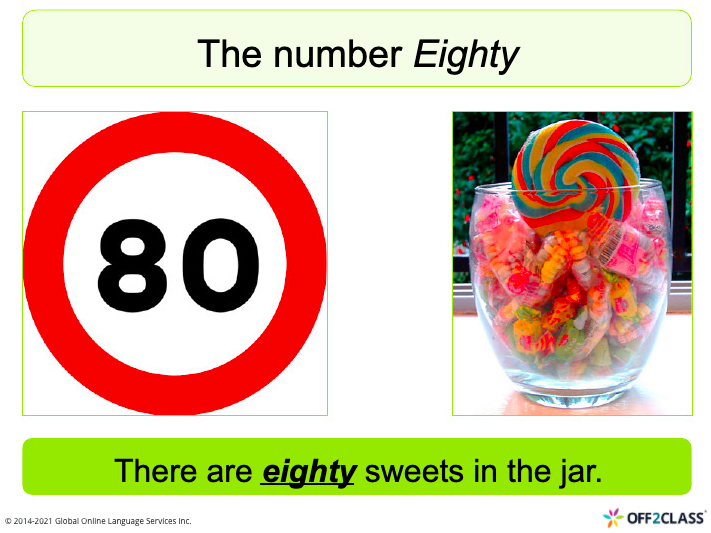6 min read
Share this post

This blog post will discuss how to teach numbers to your beginner ESL students and the importance of reviewing numbers continuously. It will also introduce two teacher-led lesson plans that you can use to get started. Whether your students are just starting to learn English or you need a lesson plan for a review class, you and your students will find these lesson plans useful for vocabulary development.
ESL teachers always have a variety of students, from corporate professionals to university students. When teaching a new student or group, it is important to incorporate a numbers lesson early on. Numbers can be intimidating for all levels of students, so you should review them with your students often- even if they are more advanced.
One of the hardest parts about learning number words in English learning how to pronounce them correctly. English numbers can often sound similar. For example, the numbers thirteen and thirty sound similar, but they are not the same. You can be creative with these lesson plans to make sure your students are talking, repeating and retaining knowledge. The goal of these lessons is to build and maintain a student’s confidence when using numbers in English.
This introductory lesson plan introduces the numbers 1 to 20, using catchy images to help students remember better. Students will also practice using plural nouns (four cups, nine bottles) and the phrase how many to discuss countable nouns.

Download your lesson plan Numbers 1 here:
This lesson plan introduces the numbers 20 to 100. Students will also do basic math to practice identifying numbers out of sequential order.

Download the lesson plan Numbers 2 here:
Teaching numbers to ESL students can be lots of fun! These lesson plans are simple and easy to follow, allowing you to get creative too. I love asking my students to recite fictional phone numbers and addresses or to share the jersey numbers of their favorite soccer players. Also, you can practice talking about age using numbers. The key is to make your students talk because pronunciation is so important when working with numbers.
Finally, these lesson plans are excellent for a quick review lesson. You can come back to them whenever you feel your students need a refresher so keep them handy.
These practical, easy-to-use lesson plans are ready for your next online or in-person class. Take your lesson one step further, sign up for your free Off2Class teacher account to access the homework and teacher notes. Teacher notes provide follow-up questions and explanations – literally taking the guesswork out of teaching. Off2Class also has a vast ESL Lesson Plan library designed for teachers like you. You’ll never be stuck searching for lesson plans again!
If you found this lesson plan helpful, don’t forget to share, like and comment below. We love hearing from teachers like you!
Share this post


